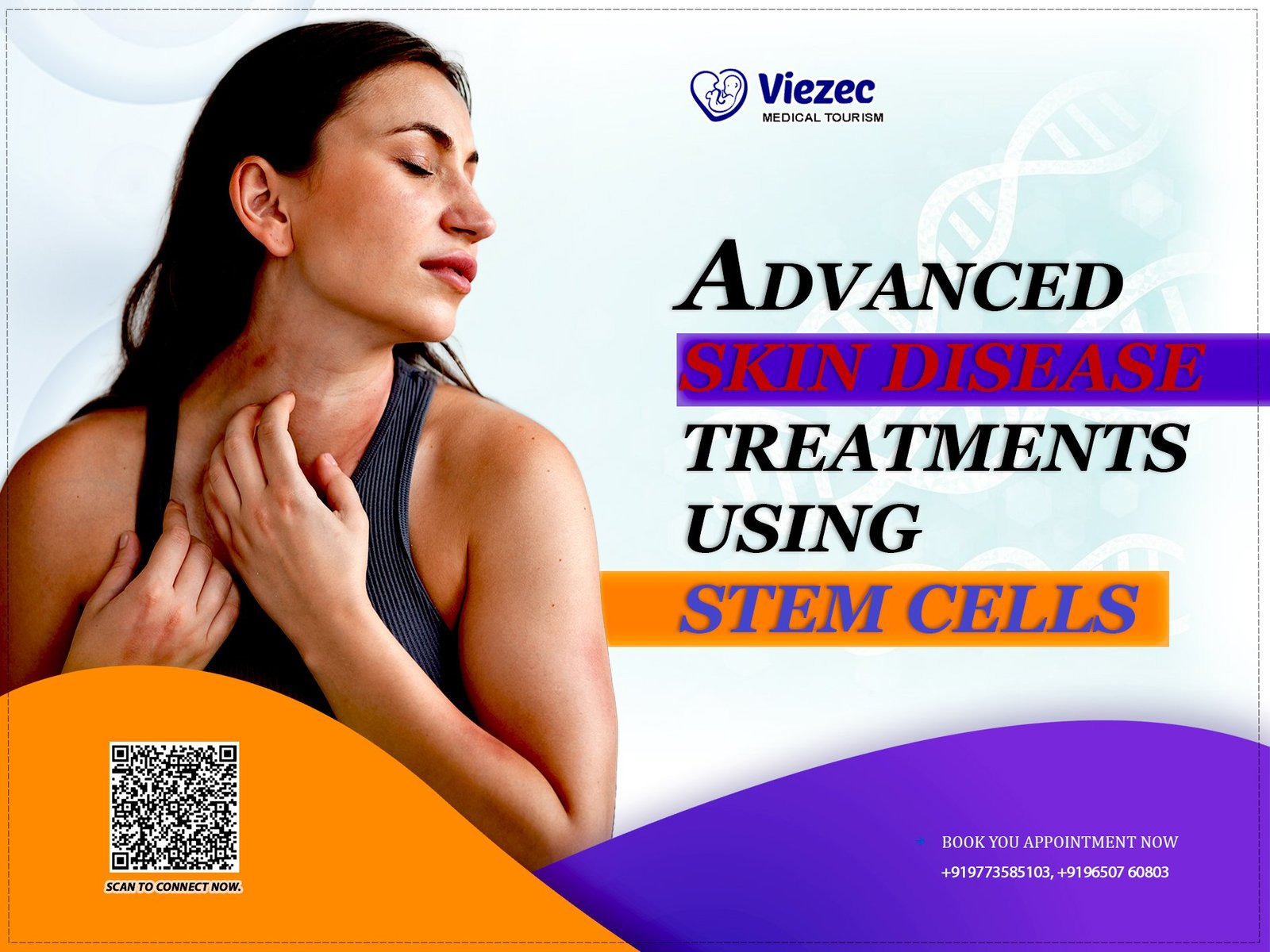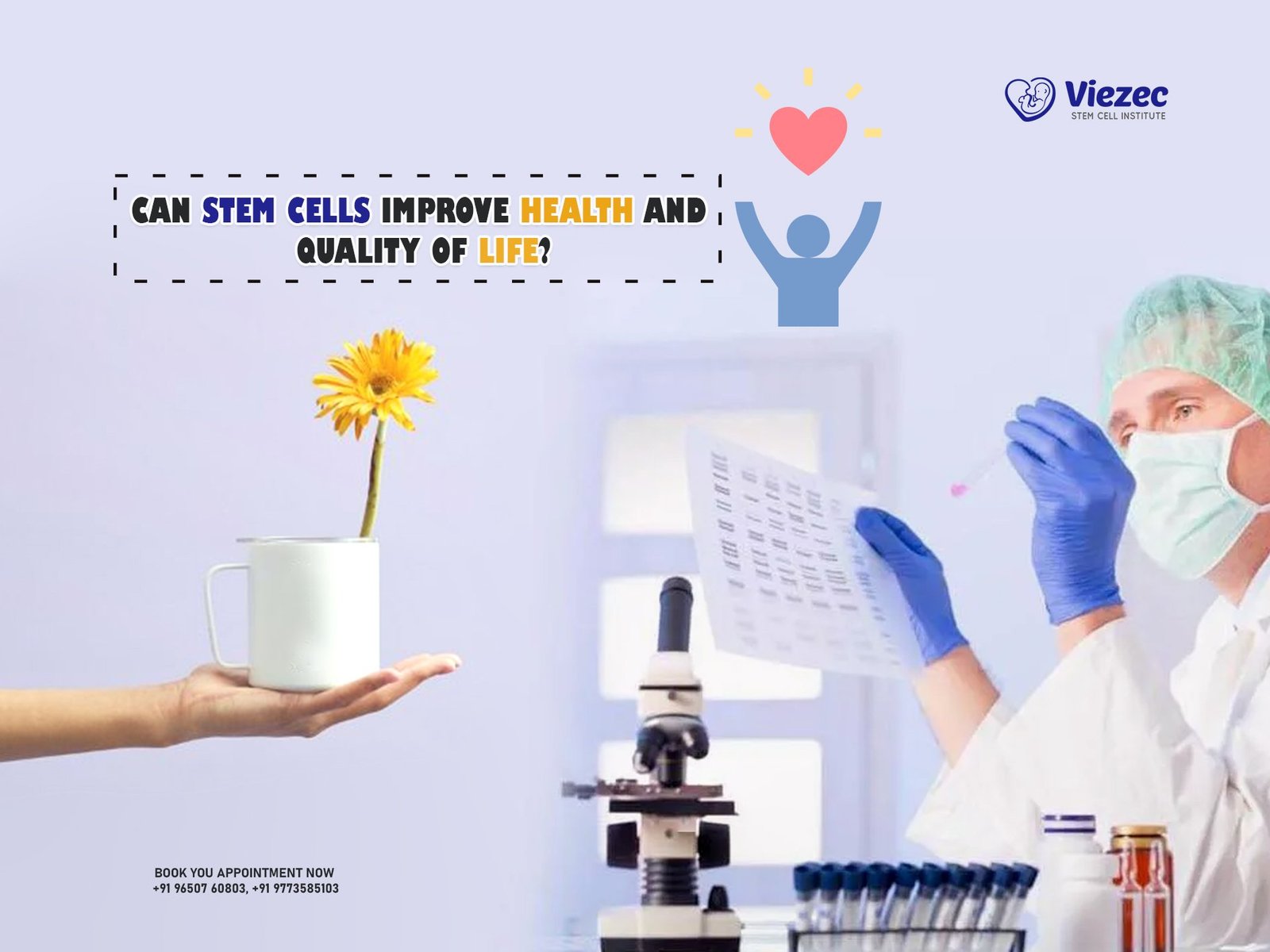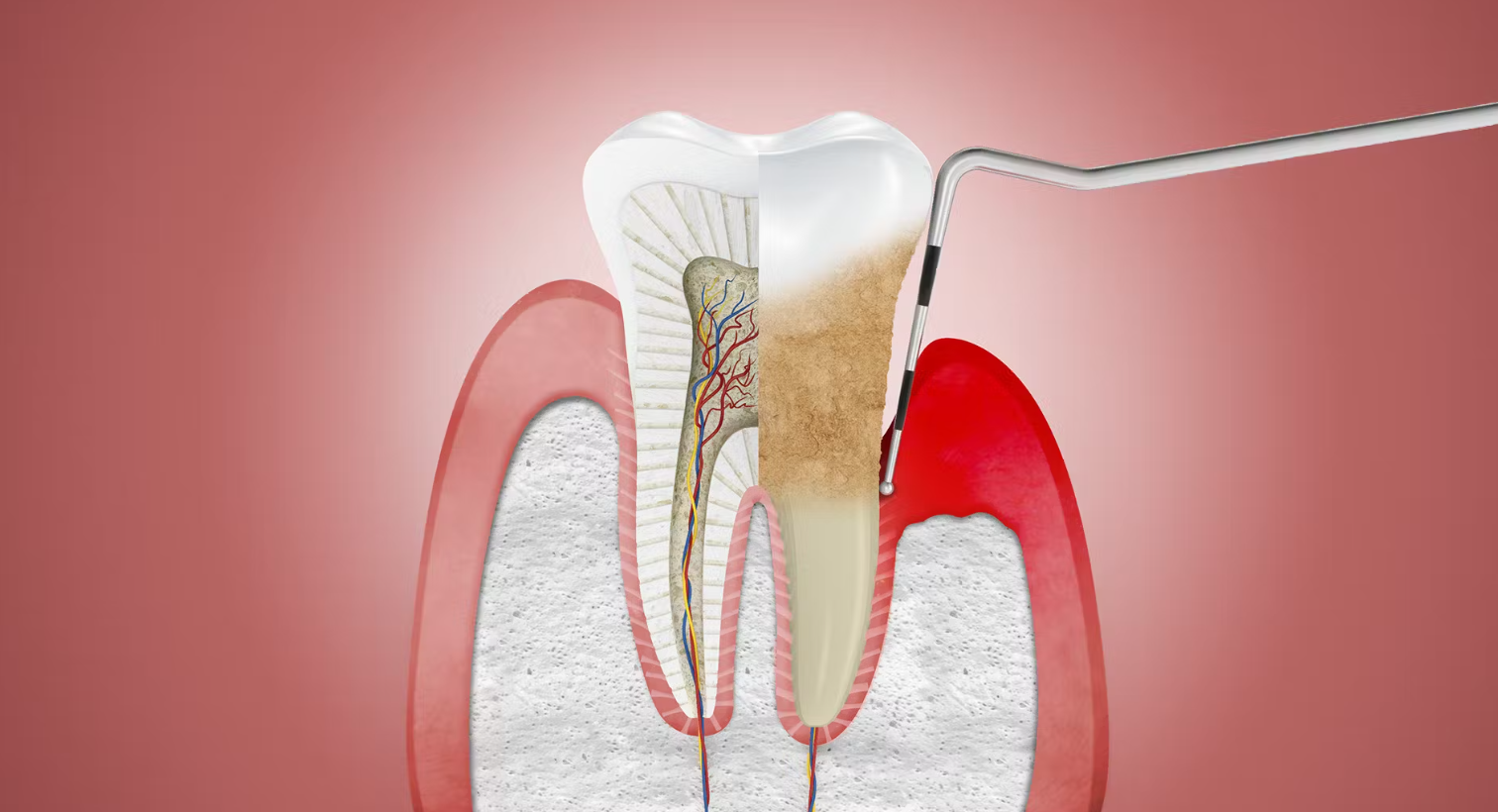Stem cell therapy is ushering in a new era of hope for people suffering from chronic and complex skin diseases. Unlike conventional treatments that only manage symptoms, stem cells offer the potential to regenerate damaged skin, restore pigmentation, and rebalance immune responses at a cellular level.
This groundbreaking approach is already showing promise in treating conditions like psoriasis, eczema, vitiligo, diabetic ulcers, and even rare genetic disorders such as epidermolysis bullosa. By using cells sourced from bone marrow, fat tissue, or umbilical cords, doctors can repair the skin from the inside out—reducing inflammation, promoting tissue growth, and enhancing long-term healing.
As research advances, the future of dermatology lies in personalized, regenerative therapies—including combinations with exosomes and PRP—to deliver faster recovery, fewer side effects, and visibly healthier skin. Stem cell treatment isn’t just an alternative anymore; it’s becoming a revolutionary force in skin care and dermatological healing.
The Growing Burden of Skin Diseases
Why Chronic Skin Conditions Need a New Approach
Skin conditions like psoriasis, eczema, and vitiligo are more than just cosmetic concerns—they affect nearly one-third of the global population, often with lifelong consequences. Despite decades of research and pharmaceutical advancements, these chronic conditions remain difficult to fully resolve. Most conventional treatments—such as corticosteroids, immunosuppressants, and biologics—offer only symptom management. While they can reduce inflammation and discomfort in the short term, they rarely address the underlying damage to the skin or immune system. Worse, they often come with side effects, resistance over time, or diminishing effectiveness.
Clearly, a deeper, more restorative solution is needed—one that goes beyond masking symptoms and instead regenerates damaged tissue from within.
Emotional and Physical Impact on Patients
Chronic skin diseases take a heavy toll on both the body and mind. The constant itching, pain, or irritation is physically draining. But the emotional impact—often underestimated—can be even more severe. Many patients struggle with embarrassment, depression, or anxiety due to visible patches, wounds, or discoloration. Social isolation, fear of judgment, and lowered self-esteem are common, especially in adolescents and young adults. In severe cases, skin disorders can even limit a person’s ability to work, travel, or perform daily tasks comfortably.
That’s why emerging treatments like stem cell therapy are so exciting. They don’t just offer hope—they promise a potential reset for damaged skin and a way forward for those who’ve run out of options.
What Makes Stem Cells So Promising in Dermatology?
Self-Renewal and Regenerative Capabilities
Stem cells are unlike any other cell in the body. What makes them extraordinary is their ability to self-renew—meaning they can keep dividing to produce more stem cells—and differentiate into specific types of skin cells, such as keratinocytes (which form the skin’s outer layer), fibroblasts (which build connective tissue), and melanocytes (which give skin its pigment). This ability positions them as powerful agents for skin repair, regeneration, and even rejuvenation.
In dermatology, this means stem cells can replace damaged or dysfunctional cells with healthy ones. For patients with chronic wounds, scarring, or pigment loss, stem cells offer the possibility of regenerating new, healthy skin tissue—something conventional treatments simply can’t achieve.
Anti-inflammatory and Immunomodulatory Effects
One of the most powerful traits of certain stem cells—especially mesenchymal stem cells (MSCs)—is their ability to reduce inflammation and regulate immune responses. These cells secrete bioactive molecules like interleukins, growth factors, and cytokines that calm overactive immune cells and promote healing.
This immunomodulatory effect is especially crucial in treating skin diseases that stem from autoimmune dysfunction. For example, in conditions like psoriasis or lupus, where the immune system mistakenly attacks healthy skin, stem cells can help bring balance—reducing flares and minimizing tissue destruction.
A Game-Changer for Autoimmune Skin Disorders
Imagine a treatment that doesn’t just suppress the immune system but retrains it. That’s the potential of stem cells. By influencing the environment around them, stem cells help reprogram immune responses, making them particularly effective for autoimmune conditions.
Patients with chronic inflammatory diseases—who often rely on lifelong use of steroids or immunosuppressants—could find relief through stem cell therapy without the long-term risks of drug dependency or organ toxicity. It’s not just a temporary fix; it’s a strategy to help the body repair and regulate itself.

Switch to relief.
It’s fast and easy.
Skip the hassle and start healing. Explore safe, personalized stem cell therapy options—transparent, quick, and stress-free.
Types of Stem Cells Used in Skin Therapies
Mesenchymal Stem Cells (MSCs)
Mesenchymal stem cells (MSCs) are the workhorses of regenerative dermatology. Found in bone marrow, fat (adipose tissue), and umbilical cords, MSCs are prized for their strong regenerative and anti-inflammatory properties. What makes them ideal for skin treatments is their ability to transform into various skin-supporting cells, like fibroblasts and endothelial cells, which are essential for healing wounds and rebuilding tissue structure.
MSCs are also easy to harvest and expand in lab settings, making them a reliable and scalable option for clinical use. Their low immunogenicity (meaning they’re less likely to cause immune rejection) allows them to be used safely across different patients, even in allogeneic (donor-derived) therapies.
These cells have shown excellent results in reducing inflammation, repairing chronic wounds, improving scars, and even slowing skin aging—making them a top candidate for both medical and cosmetic dermatology.
Induced Pluripotent Stem Cells (iPSCs)
Induced pluripotent stem cells, or iPSCs, are another groundbreaking innovation in regenerative medicine. They’re created by reprogramming adult cells—like skin or blood cells—back into an embryonic-like state. This means they can potentially become any cell type, including skin cells.
In dermatology, iPSCs open the door to customized, patient-specific skin grafts and therapies for genetic skin disorders. For instance, in rare diseases like epidermolysis bullosa, researchers are experimenting with iPSCs that have been genetically corrected to create healthy skin cells for grafting. While still largely in the research phase, iPSC-based treatments are showing incredible promise for complex and inherited skin conditions.
Safety and Ethical Considerations
Unlike embryonic stem cells, both MSCs and iPSCs avoid ethical controversies because they don’t involve the destruction of embryos. However, safety is still an ongoing focus in clinical research.
One concern is that iPSCs, due to their high plasticity, could potentially form tumors if not properly controlled. That’s why strict protocols, quality control, and regulatory oversight are critical before these therapies reach mainstream clinical use. Meanwhile, MSCs have a stronger track record of safety and are currently used in several skin-related clinical trials and cosmetic applications with encouraging results.
How Stem Cell Therapy Works for Skin Repair
The Process of Skin Cell Regeneration
Stem cell therapy for skin repair hinges on a simple yet powerful concept: regenerate rather than just treat. When stem cells are introduced into damaged or diseased skin, they begin to work in two key ways. First, they can differentiate into the specific types of skin cells that are needed—whether that’s fibroblasts for connective tissue, keratinocytes for the outer layer, or endothelial cells for new blood vessel formation.
Second, and just as importantly, stem cells act as biological messengers. They release a rich cocktail of growth factors, cytokines, and signaling molecules that stimulate the body’s own repair mechanisms. This includes encouraging surrounding cells to multiply, produce collagen, increase hydration, and reduce inflammation.
The result? Healthier, more resilient skin that heals faster and looks better—with fewer side effects than traditional therapies.
From Harvesting to Injection or Topical Application
Stem cells used in dermatology are typically harvested from bone marrow, adipose tissue, or umbilical cord blood. Once collected, they’re purified and expanded in controlled lab environments. Depending on the condition being treated, they are delivered to the skin in a variety of ways:
-
Injection into deeper skin layers for chronic wounds or scarring
-
Microneedling combined with stem cell serums for facial rejuvenation
-
Topical application via creams or gels for cosmetic or surface-level treatments
This versatility allows treatments to be tailored to individual needs—whether you’re treating a diabetic ulcer or seeking to reverse early signs of skin aging.
Growth Factors and Cellular Communication
One of the most fascinating aspects of stem cell therapy is its ability to orchestrate complex healing responses without necessarily becoming new skin cells themselves. Through a process known as paracrine signaling, stem cells secrete growth factors such as:
-
VEGF (Vascular Endothelial Growth Factor) – stimulates blood vessel growth
-
EGF (Epidermal Growth Factor) – promotes skin cell regeneration
-
TGF-beta (Transforming Growth Factor-beta) – modulates inflammation and collagen production
These molecules play a crucial role in cell communication, guiding how surrounding cells behave. They help reduce redness, improve elasticity, and enhance wound closure. In essence, stem cells don’t just fix the damage—they coach the skin to heal smarter and stronger.

Advanced Stem Cell Care. Designed for You.
From joint pain to chronic illness, we tailor treatments with safety and transparency, helping you heal faster and live better.
Key Skin Conditions Being Treated with Stem Cells
Psoriasis – Targeting the Root of Inflammation
Psoriasis is a chronic autoimmune disorder where the immune system mistakenly speeds up the life cycle of skin cells, leading to scaly patches, redness, and inflammation. Traditional treatments like corticosteroids and biologics help suppress symptoms—but they don’t correct the root cause.
Stem cell therapy takes a fundamentally different approach. By modulating the immune system and reducing inflammatory cytokines, stem cells can help calm the overactive immune response responsible for psoriasis. Studies using mesenchymal stem cells (MSCs) have shown promising reductions in plaque thickness, skin scaling, and itchiness, with fewer relapses compared to conventional therapies.
Eczema – Repairing the Skin Barrier
Eczema, or atopic dermatitis, is another inflammatory skin condition that often begins in childhood and can persist into adulthood. It’s characterized by a weakened skin barrier, leading to dryness, itching, and frequent flare-ups triggered by allergens or irritants.
Stem cells work here by repairing the damaged skin barrier. MSCs have been shown to enhance hydration, boost collagen production, and reduce local inflammation—providing both symptomatic relief and structural skin improvement. The goal isn’t just to soothe the skin but to help rebuild it from within.
Vitiligo – Restoring Skin Pigmentation
Vitiligo occurs when melanocytes—the cells responsible for skin pigment—are destroyed, leaving behind white patches of skin. Traditional treatments like phototherapy and topical corticosteroids may help but often yield inconsistent or temporary results.
Stem cells offer a new avenue for restoring pigment naturally. By differentiating into melanocytes or stimulating dormant ones, stem cells can help repigment affected areas. When combined with supportive treatments like UVB therapy, the results can be even more pronounced and longer-lasting.
Chronic Wounds – Accelerating Healing
Some wounds—like pressure ulcers, venous leg ulcers, and post-surgical wounds—fail to heal due to poor blood flow, infection, or systemic issues like diabetes. These are not only painful but can lead to serious complications, including amputations.
Stem cells promote healing in these wounds by improving angiogenesis (formation of new blood vessels), reducing inflammation, and encouraging tissue regeneration. Their ability to adapt to the wound environment makes them ideal for treating difficult-to-heal injuries.
Diabetic Ulcers and Pressure Sores
For patients with diabetes, foot ulcers are a particularly serious risk. These wounds are slow to heal and can quickly become infected. Stem cell therapy can dramatically improve healing times by increasing circulation, enhancing oxygen delivery, and stimulating skin repair. Clinical studies show a notable reduction in ulcer size and recurrence, offering hope for patients at risk of limb loss.
Emerging Treatments for Rare and Complex Skin Disorders
Scleroderma and Skin Fibrosis
Scleroderma is a rare autoimmune condition characterized by abnormal collagen buildup, which causes the skin to become thickened, stiff, and tight. Over time, this fibrotic process can limit mobility, impair circulation, and affect internal organs.
Stem cell therapy offers a regenerative approach to reverse fibrosis. MSCs, in particular, have been found to reduce the overproduction of collagen while promoting the breakdown of existing fibrotic tissue. By releasing anti-fibrotic and angiogenic (blood vessel-forming) factors, stem cells help soften the skin, improve blood flow, and restore flexibility in affected areas.
Early clinical trials have shown improvements in skin elasticity, pain reduction, and even internal organ function. For patients with few effective options, stem cell therapy may provide a turning point in their disease management.
Epidermolysis Bullosa and Genetic Disorders
Epidermolysis Bullosa (EB) is a devastating inherited skin disorder where even minor friction can cause painful blisters and skin tearing. Because EB stems from genetic mutations affecting skin integrity, there has long been a lack of curative treatment options.
Today, researchers are exploring the use of gene-edited induced pluripotent stem cells (iPSCs) to correct these mutations. Once corrected, these iPSCs can be used to grow healthy skin grafts that are genetically matched to the patient. This not only helps avoid immune rejection but also holds the potential to provide a lifelong solution, rather than temporary relief.
Other rare skin diseases with genetic roots—such as ichthyosis and certain forms of cutaneous lupus—are also under investigation for stem cell-based interventions. Though many of these therapies are still in experimental stages, the outlook is remarkably hopeful, as advances in gene editing, cell engineering, and personalized medicine converge.
Sources of Stem Cells for Dermatological Use
Umbilical Cord Stem Cells
Umbilical cord-derived stem cells, particularly those from Wharton’s jelly, are a rich source of mesenchymal stem cells (MSCs). These cells are young, highly potent, and immune-privileged, meaning they are less likely to trigger immune rejection. Their high concentration of growth factors makes them ideal for skin rejuvenation procedures, wound healing, and cosmetic dermatology.
Because umbilical cord stem cells are obtained from donated birth tissue (with consent), they present no ethical concerns and are a non-invasive source of regenerative material. Many skincare products and regenerative treatments now incorporate umbilical cord extracts or conditioned media derived from these cells to enhance healing and reduce inflammation.
Adipose-Derived Stem Cells
Adipose (fat) tissue is another abundant and easily accessible source of MSCs. Collected through minimally invasive liposuction procedures, adipose-derived stem cells are especially rich in regenerative and anti-inflammatory signals.
These stem cells are widely used in aesthetic dermatology for facial rejuvenation, scar reduction, and improving skin elasticity. In clinical dermatology, they have shown promise in treating radiation burns, surgical wounds, and scleroderma-related skin damage.
Their autologous use (from the patient’s own body) also means they pose minimal risk of rejection, making them suitable for personalized therapies.
Bone Marrow Stem Cells
Bone marrow has long been a gold standard source for both hematopoietic and mesenchymal stem cells. While the collection process is more invasive compared to fat or cord tissue, bone marrow-derived MSCs are well-documented in regenerative medicine for their safety and therapeutic impact.
In dermatology, they are often reserved for more severe skin conditions, such as chronic ulcers, autoimmune skin diseases, and radiation injuries. Their robust capacity for tissue repair makes them highly effective, though clinical use requires careful harvesting and expansion under strict protocols.
Choosing the Right Source for Specific Conditions
The choice of stem cell source depends on several factors, including the patient’s health status, treatment goals, and the specific skin condition being addressed. For example:
-
Umbilical cord stem cells are preferred for cosmetic and anti-aging treatments due to their regenerative potency and ease of use.
-
Adipose-derived cells are ideal for facial treatments, scars, and mild-to-moderate skin damage.
-
Bone marrow stem cells are better suited for chronic wounds or autoimmune-related skin diseases, where a deeper regenerative effect is needed.
By tailoring the source to the patient and condition, clinicians can optimize outcomes while ensuring safety and efficacy.

Start Your Path to Recovery. It’s Simple and Safe.
Skip delays and discover trusted stem cell therapies—personalized care that’s transparent, effective, and designed for your needs.
Clinical Studies and Success Rates
What Research Tells Us So Far
Over the past decade, clinical research into stem cell therapies for skin diseases has grown significantly. While still considered emerging medicine, the results so far have been very encouraging. Numerous small-scale clinical trials and case studies show that stem cell therapy can:
-
Accelerate wound healing
-
Reduce inflammation
-
Improve pigmentation disorders
-
Enhance skin texture and elasticity
-
Minimize scarring
Real-World Case Studies in Skin Healing
In practice, many patients who have undergone stem cell-based therapies report impressive results:
-
A middle-aged patient with diabetic foot ulcers experienced complete healing within 8 weeks after receiving local MSC injections—compared to months of unsuccessful conventional treatment.
-
In vitiligo patients, areas treated with autologous melanocyte and stem cell suspensions have shown repigmentation within 2–3 months, especially when paired with NB-UVB therapy.
-
For psoriasis, several pilot studies have reported lasting improvements in lesion appearance and reduced need for systemic medications after stem cell infusions.
These case studies are fueling growing demand for regenerative options among dermatologists and patients alike. They show not just hope—but the beginning of a paradigm shift in how we think about healing the skin.
Cost, Access, and Availability Concerns
Another significant challenge is accessibility. Stem cell treatments, particularly personalized ones, remain expensive—ranging from hundreds to thousands of dollars per session, often not covered by insurance. This limits availability to wealthier patients or those with access to advanced research hospitals.
In addition, while urban centers may have accredited stem cell clinics, rural areas often lack access to such advanced care. Bridging this gap will require not only technological advancement but also healthcare policy reform and international collaboration.
Despite these hurdles, the global trend is moving toward greater regulation, safety, and affordability, especially as more treatments reach FDA or EMA approval.
Future Trends in Stem Cell Dermatology
Stem Cells Combined with Exosomes or PRP
The next frontier in regenerative skin therapy isn’t just stem cells—it’s how we combine them with other biological tools for even better outcomes. Two of the most promising additions are exosomes and Platelet-Rich Plasma (PRP).
-
Exosomes are nano-sized vesicles released by stem cells that carry proteins, RNA, and growth factors. They serve as messengers that guide tissue repair, stimulate collagen production, and reduce inflammation—without the need to inject actual cells.
-
PRP, derived from a patient’s own blood, is rich in platelets and growth factors that further enhance healing and regeneration when combined with stem cells.
This combination therapy approach is already gaining popularity in aesthetic dermatology—for wrinkle reduction, acne scarring, and hair regrowth—but it’s also being explored for chronic wounds and inflammatory skin diseases. Think of it as precision healing, where each component enhances the other’s impact.
Personalized Stem Cell Skincare Therapies
Looking ahead, dermatology is moving toward hyper-personalized treatment plans, powered by AI, genomics, and cellular medicine. Soon, stem cell therapies will likely be tailored based on a patient’s genetic profile, lifestyle, and specific skin condition—maximizing safety and effectiveness.
Imagine a future where:
-
A patient’s own skin cells are reprogrammed and genetically optimized to treat rare conditions like Epidermolysis Bullosa.
-
Clinics use AI to analyze skin samples and design custom stem cell serums targeting aging, pigmentation, or inflammation.
-
Off-the-shelf stem cell patches or sprays become available for post-surgical recovery or sunburn repair.
As stem cell research matures and becomes more accessible, dermatology is poised for a transformation—from treating symptoms to rebuilding healthy skin from the inside out. It’s not just innovation—it’s a shift in philosophy: from managing disease to restoring function and beauty at the cellular level.
FAQs
Q1: What is regenerative medicine in dermatology?
Regenerative medicine in dermatology focuses on repairing and restoring skin tissues using biologics like stem cells, PRP, and growth factors.
Q2: What conditions can it treat?
It helps manage aging skin, acne scars, hair loss, chronic wounds, and some inflammatory skin diseases.
Q3: How does stem cell therapy work in dermatology?
Stem cells promote skin healing and regeneration by releasing growth factors and cytokines that stimulate cell repair.
Q4: Is it safe to use stem cells on the skin?
When done under medical supervision, stem cell therapy is generally considered safe with minimal risk of side effects.
Q5: Can stem cell therapy repair damaged skin?
Yes, stem cell therapy helps restore damaged or aging skin by enhancing collagen production and promoting tissue regeneration.
Q6: What kind of skin damage can it treat?
It is effective for sun damage, scars, burns, stretch marks, and other forms of skin trauma.
Q7: What is the cost of stem cell therapy for skin rejuvenation?
In India, it typically ranges from ₹50,000 to ₹2,00,000 per session depending on the clinic, method, and area treated.
Q8: Does insurance cover stem cell therapy for skin rejuvenation?
Most cosmetic procedures like skin rejuvenation are not covered by insurance plans.
Q9: How do stem cells help in wound healing?
Stem cells accelerate healing by regenerating skin cells, reducing inflammation, and enhancing blood supply to the wound.
Q10: Are stem cell treatments used for chronic wounds?
Yes, stem cell therapies are being explored and used for non-healing wounds, diabetic ulcers, and post-surgical scars.









